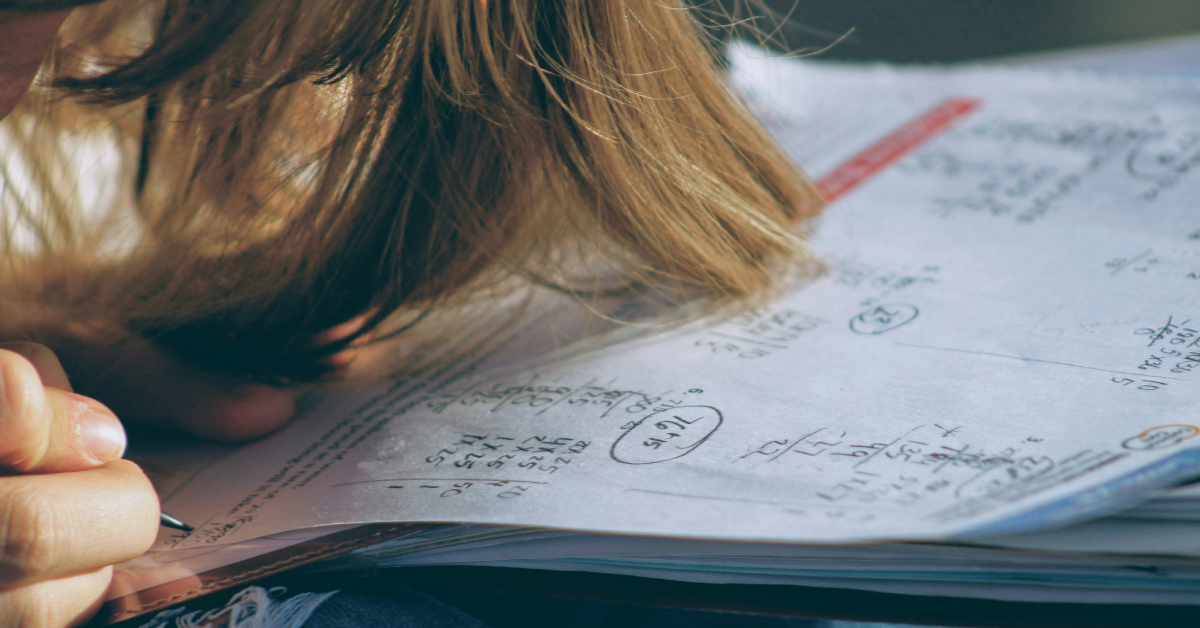Mar04
Dyscalculia in High School
The secondary education period is a crucial time in any student’s life. This is where the foundation for future academic and professional success is laid. However, for some students, this path can be lined with significant obstacles, especially as it relates to learning disorders such as dyscalculia. In this article, we will explore what dyscalculia in high school is, how it affects students and what strategies can be implemented to support their learning.

Índice
What is Dyscalculia?
Dyscalculia is a learning disorder that affects a person’s ability to understand and work with numbers and mathematical concepts. It often manifests as difficulty in performing basic arithmetic calculations, understanding concepts of time and money, and solving mathematical problems in general. It’s important to note that dyscalculia is not related to lack of intelligence; in fact, many individuals with dyscalculia have strong cognitive skills in other areas.
Dyscalculia in high school: Challenges and Obstacles
At the secondary education level, where a more advanced level of mathematics is introduced and students are expected to acquire more complex skills, dyscalculia can pose a significant challenge. Students with dyscalculia in high school may have difficulty keeping up with the class, understanding math concepts, and completing math-related assignments and tests. This can affect their self-esteem and self-confidence, as well as their overall academic performance.
It’s important to recognize the signs of dyscalculia in high school, which may include:
- Persistent difficulty understanding basic math concepts.
- Trouble remembering basic mathematical facts, such as multiplication tables.
- Difficulty with mental calculations.
- Trouble flexibly applying problem-solving strategies.
- Mathematics and math-related anxiety
Diagnosing Dyscalculia in High School
The difficulty in diagnosing dyscalculia in high school lies in the lack of specific standardized tests for the evaluation of non-curricular mathematical skills in children of this age.
However, health and education professionals have alternative resources and methods to assess and diagnose this disorder. In the absence of standardized tests, a comprehensive interview with both the child and their family is used to explore in detail the specific difficulties the child faces in the mathematical domain. In addition, tests and assessments are used that, while not standardized for secondary education, provide valuable information for the diagnosis and planning of effective interventions.
The assessment always includes tests of cognitive skills and observations of the child’s performance in different contexts to rule out other possible causes of difficulties in mathematics. Through this comprehensive approach, a more complete understanding of the student’s needs can be gained and appropriate support provided to address dyscalculia and promote academic and personal success.
Strategies for Supporting Students with Dyscalculia in High School
Fortunately, there are many strategies that educators and parents can implement to support students with dyscalculia at the secondary education level:
- Classroom Adaptations: Classroom adaptations can be implemented, such as providing additional time to complete mathematical tasks, allowing the use of calculators, and providing visual aids.
- Multisensory Teaching: using a variety of teaching methods that involve different senses can help students with dyscalculia better understand mathematical concepts. This may include the use of manipulatives and self-instruction.
- Individualized support: providing individualized support and additional tutoring can be beneficial for students with dyscalculia. This gives them the opportunity to receive personalized attention and work at their own pace.
- Build Confidence: It is important to build confidence and positive self-concept in students with dyscalculia. Recognizing and celebrating their achievements, however small, can help increase their motivation and perseverance.
- Collaboration between Parents and Educators: Collaboration between parents and educators is essential for supporting students with dyscalculia. Sharing information, setting clear goals, and maintaining open communication can help ensure that the student receives the necessary support both at home and at school.
Conclusion
Dyscalculia Dyscalculia in high school can present significant challenges for students, but with proper support and appropriate strategies, these obstacles can be overcome. By providing classroom accommodations and individualized support, we can help students reach their full academic and personal potential. It is crucial for both educators and parents to work together to create an inclusive and supportive learning environment for all students, including those with dyscalculia.
- Difficulties in Mathematics: Navigating the Consequences of Dyscalculia - 28 de May de 2024
- Dyscalculia in High School - 4 de March de 2024
- Dyscalculia Example: Hector’s Story - 2 de February de 2024


